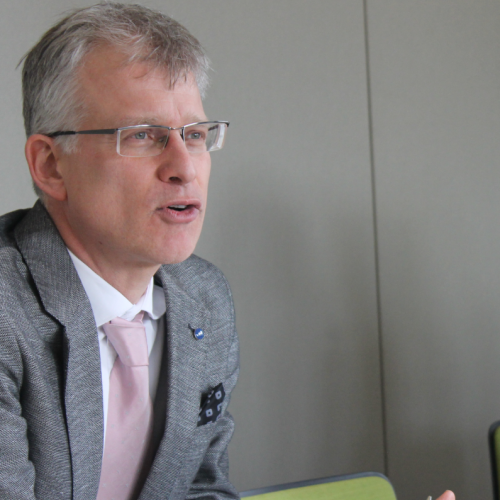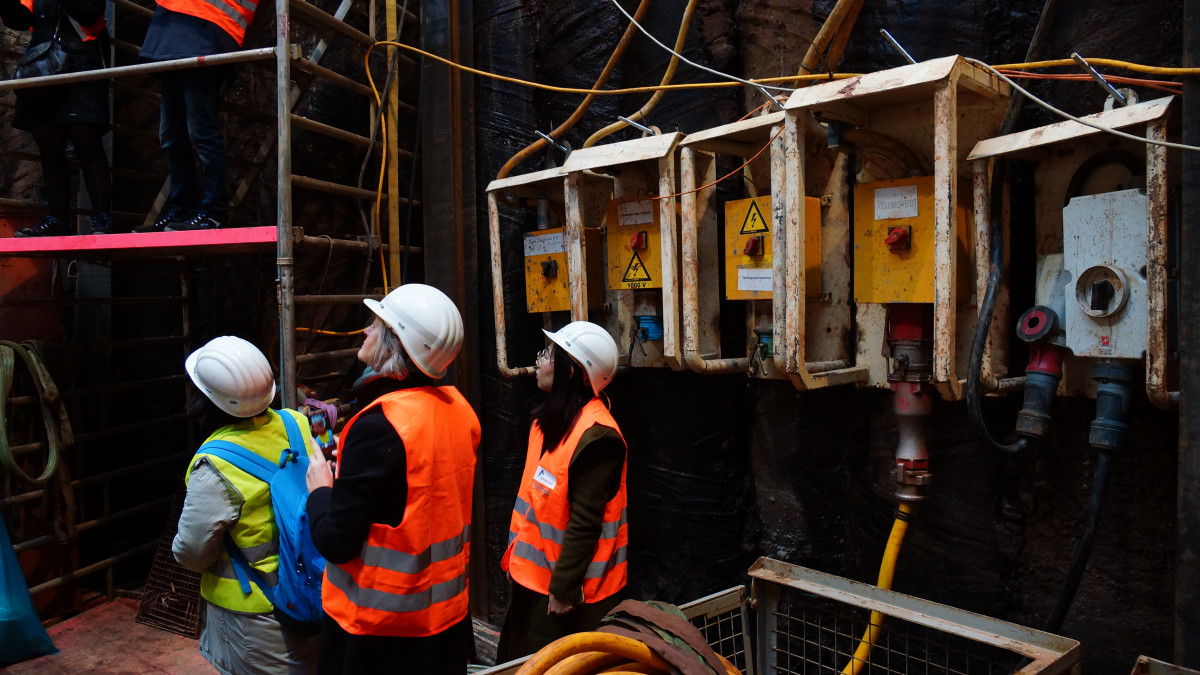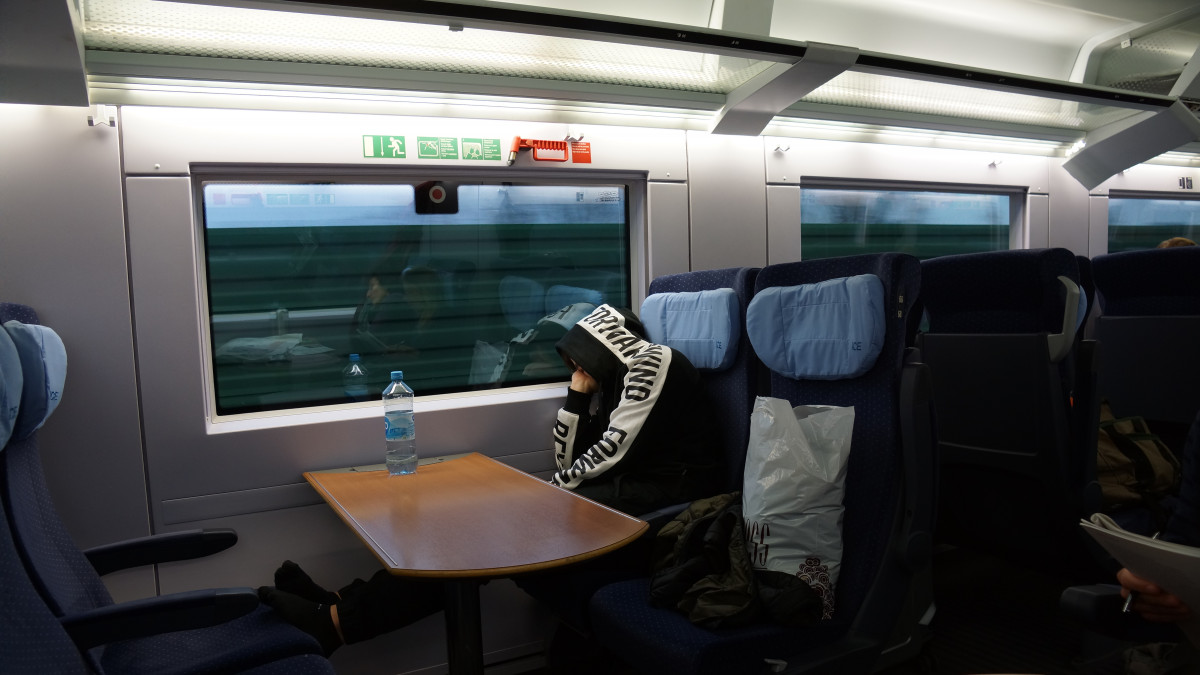Martha’s assignment - Or what makes for a successful media research tour on the Energiewende
Sunday, 7.30 on a damp, cloudy morning. The weather forecast is promising ‘a variable blanket of low stratus clouds’. Our small team of three colleagues is assembling at Berlin Central Station, ready to board the train that will take us to Aachen, the city at the westernmost edge of the country.
Apart from my camera and laptop, some clothes and my sleepiness, I have Martha’s assignment in my luggage: Martha is our journalism network manager and she has asked me to come home from our media research trip with a blog post on the question of what makes for a successful media research tour.
I am tempted to say that the most important ingredient is a subject that is both sufficiently complex and controversial, one that contains the promise that – after two or three days of talking to numerous experts, of listening to protesters and lobbyists, of visiting companies, construction sites and the control rooms of transmission system operators (TSOs) – the subject can be penetrated to a degree where reporters get the feeling of having gotten on top of the story and of being able to write a sufficiently complex feature story relevant to a commensurate number of readers.
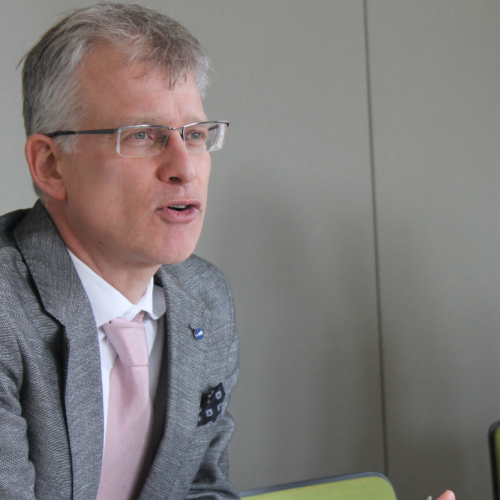
"This is perhaps our 30th effort to understand a country that has set out to clean up the way in which it generates energy, offers mobility, produces the steel and chemical that make up the hardware of its booming export industry".
This time the key issues of our tour are the power grid and the problems associated with building enough high-voltage power lines in densely populated regions, right through nature reserves and close to residential areas, at a pace that is tuned to the buildup of renewable power generation. As my eyes are drifting from the screen of my laptop to the November plains of Northern Germany rolling past the train window, the country lies quiet. Muted colours, crows, the frivolous green of budding winter crops, the horizon spotted with the blurry shapes of farms and forests. And not the slightest indication of controversy.
This is perhaps the 30thstudy tour we are undertaking, our 30th effort to understand a country that has set out to clean up the way in which it generates energy, offers mobility, produces the steel and chemical that make up the hardware of its booming export industry. After 30-odd attempts to squeeze the complexity of this endeavour in a two- to three-day trip for a mixed bunch of 15 journalists from around the globe, a pattern has emerged of how this agenda evolves: In attempting to organise a schedule consisting of expert talks, site visits and stakeholder roundtables, four-fifths of the schedule usually doesn’t pose much of a problem. Germany seems to be a country that does not make life difficult for visiting journalists, and four-fifths of the people we want to meet agree to be part of our programme during my very first phone call.
It’s the remaining fifth that poses the biggest hurdle. Typically, it is appointments with representatives of large companies who are the most difficult to nail down – the larger the company, the longer it takes. Weeks and months can easily pass by as my request for a meeting needs to be cross-checked in the internal hierarchies, weeks and months in which spokespersons, PR people and external relations experts are carefully assessing how our research questions might fit into their carefully crafted corporate communications strategies.
We are mildly surprised to reach Aachen without any delay, and on our way to the hotel we are meeting the first participants of our tour. Some of them are seasoned veterans of the CLEW Journalism Network, who have already been on three or four of our research tours. Others are fresh faces for us. What they all have in common is that they have successfully passed a time-consuming screening process, in which we try to trim a field of 30, 40 or sometimes well over 100 applicants down to the 15 or 16 journalists who eventually will go on tour with us. In this selection process we are constantly challenged by trying to understand the media landscapes of countries as diverse as Poland or Pakistan, South Africa or South Korea, by weighing the pros and cons of choosing between freelancers and fully-employed correspondents, between enthusiastic novices and seasoned troupers of the energy beat. Typically, after wading through endless Excel sheets listing more than a dozen criteria, we end up with a highly diverse mix of media backgrounds and geographies, a colourful crowd of both generalists and highly-specialised expert journalists.
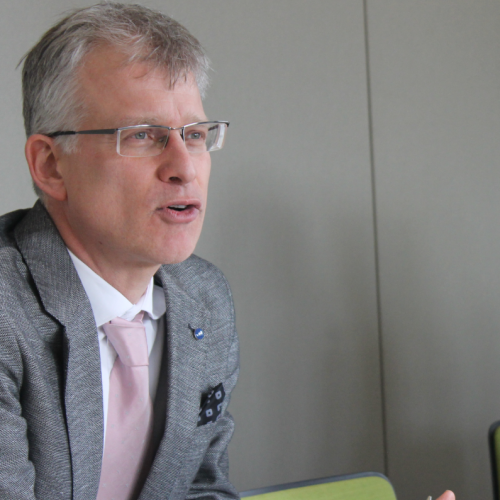
"The programme is an effort to compress time, viewpoints and geographies".
The day ends with a local beer at the hotel bar. We are joined by one or two of our speakers and several of our group members, and there is this distinct, shared feeling that the energy transition is more than can be wrapped into a PowerPoint presentation and that the monstrous complexity of climate policy takes on a slightly more humane face over a shared drink.
***
Typically, the agenda of our research tour includes 20 to 30 speakers, scattered over 14 or 16 separate programme items, typically over the course of three days and with participants from eleven or twelve countries. As such, the programme is an effort to compress time, viewpoints and geographies. It is this richness that makes up for the value of our tours. At least this is what we are hoping for.
What is certain is that this compressed dosage of interests, views and perspectives demands a lot from participants and organisers in terms of attention span, listening skills and the ability to make sense of loose ends, allusions and unheard-of bits of information. While I am listening in to the presentations and panel debates that form the skeleton of our tour agenda, I feel both privileged and slightly under scrutiny: It is my privilege that my work is done once the tour has ended – whereas the reporters and correspondents who are travelling with us need to translate the pearl string of presentations into feature stories and news reports that have no loose ends. Simultaneously, I have this slightly less prominent feeling of acting on a public stage as speakers and participants expect me to step in at any time to facilitate and moderate discussions and questions – and to come up with some rapid-fire anecdotal remarks as I am handing over our thank you gift to the speakers after each session.
Summary of one participant of our @ClewNetwork research tour on nexus of #EnergyTransition & grids: "It was inspiring to escape the negativism of my home country, to see the constructive attitude with which many people in Germany & Belgium are approaching the energy transition." pic.twitter.com/DLsRZJDVCi
— Carel Mohn (@CarelMohn25) November 26, 2019
In practice, the condensation of time, views and geographies means that my colleagues and I soon find ourselves seated in an ICE high-speed train taking us back to Berlin. As we are chatting in the restaurant car, Martha’s assignment is creeping back to my mind. Once again, those past few days have seen a great diversity of speakers, a number of controversial viewpoints, well-presented expert knowledge and 15 committed participants who saw the tour as a learning opportunity and a chance to test and challenge knowledge they had only just acquired over the past hours. In fact, this seems to be the very formula that makes for a successful media research tour.
My eyes are drifting from the beer in front of me into the darkness that has long sunk over the November plains of Northern Germany. The home country of the Energiewende is wrapped in black. For now, the complex, often controversial energy transition is nowhere to be seen – but some of the journalists participating in our tour are already typing away.

